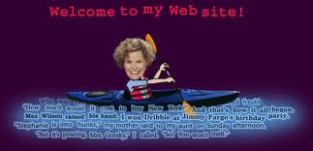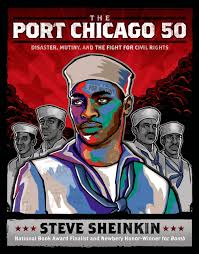Reading several works by the same writer does pay off with at least a little insight. I blasted through An Adundance of Katherines in just a few days. Earlier this semester, I also enjoyed The Fault in Our Stars and the co-written Will Grayson, Will Grayson. While I won’t pretend to be a John Green expert, I can at least state the following:
- Green’s characters are smart, self-aware, and chatty. They are people I think I could talk about anything with.
- Plotting in Green’s books is careful, even meticulous. While there are unknowns to solve in the three books I read, I wouldn’t call them mysteries, but he leaves smart clues for readers to follow.
- Green’s male and female main characters are not superheroes, not supermodels . . . but they aren’t exactly Joe and Jane Average, either. Green seems to be writing smart young adult books for smart young adults, and his characters are smart and attractive.
- Young adult relationship in Green book include a physical/sexual component that the characters do not struggle with.
- In film, members of the supporting cast are often the most memorable and interesting. The same thing seems to be a truism in a John Green book with sidekicks. Think of Hassan in An Abundance of Katherines; of Tiny Cooper (although calling Tiny a sidekick may be incorrect)in Will Grayson, Will Grayson; and Isaac in The Fault in Our Stars. These characters are all out of the norm and fascinating.
- Being what society would call a traditional outsider in a John Green book is presented as no big deal, just part of the make up of today’s world of teens. See the point above – John Green creates young adult characters who are semi-devout Muslim slackers, very gay, and cancer patients. No one, it seems, in the books gets worked up over these differences.
- Parents in a Green novel are off to the side and, sometimes, negligible.
What I would say specific to An Abundance of Katherines is that I can tell this is a book from earlier in Green’s writing career. ABK came out in 2006, four years before WGWG and six year prior to TFIOS, and while the story and plot flow along, it’s not as intricate the later works. Colin and his friends more or less stumble into learning about what’s really going on in Gutshot, Tennessee. Compare that with the core feature of TFIOS – learning about a reclusive author and the real story behind his book.
If there was more time in the semester, I wouldn’t mind grabbing up like Looking for Alaska or Paper Towns a bit. As it is, I’ll be looking for the movie version of TFIOS. John Green is an author I’ll be on the lookout for from now on.



